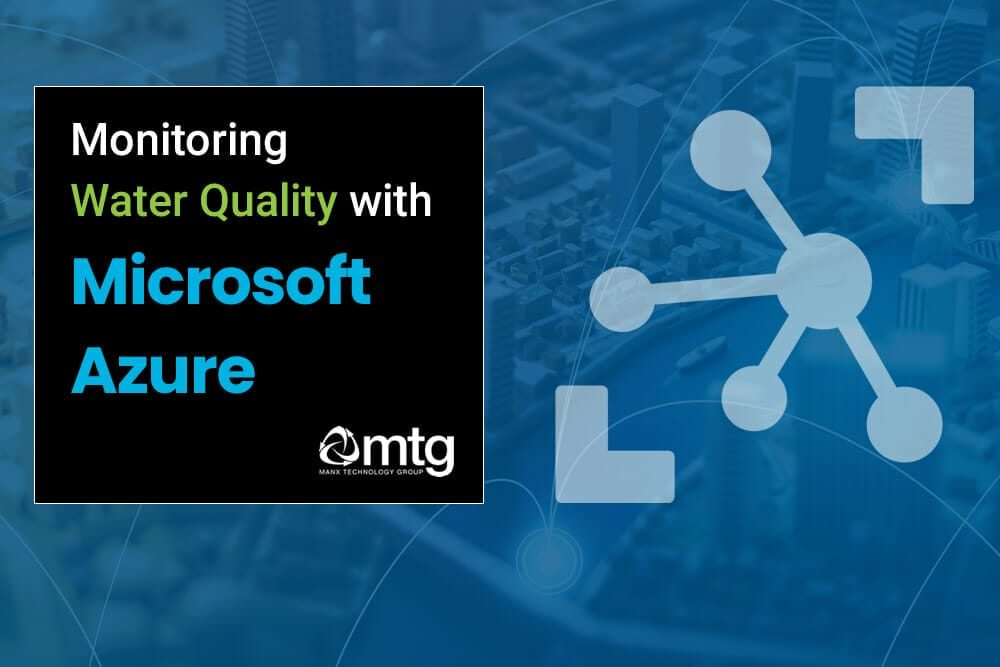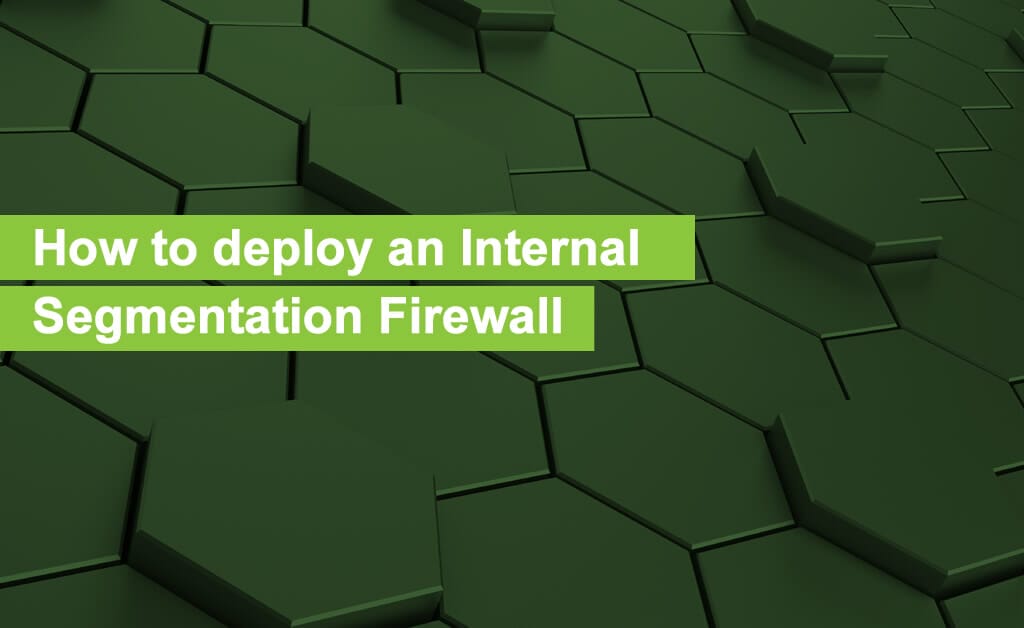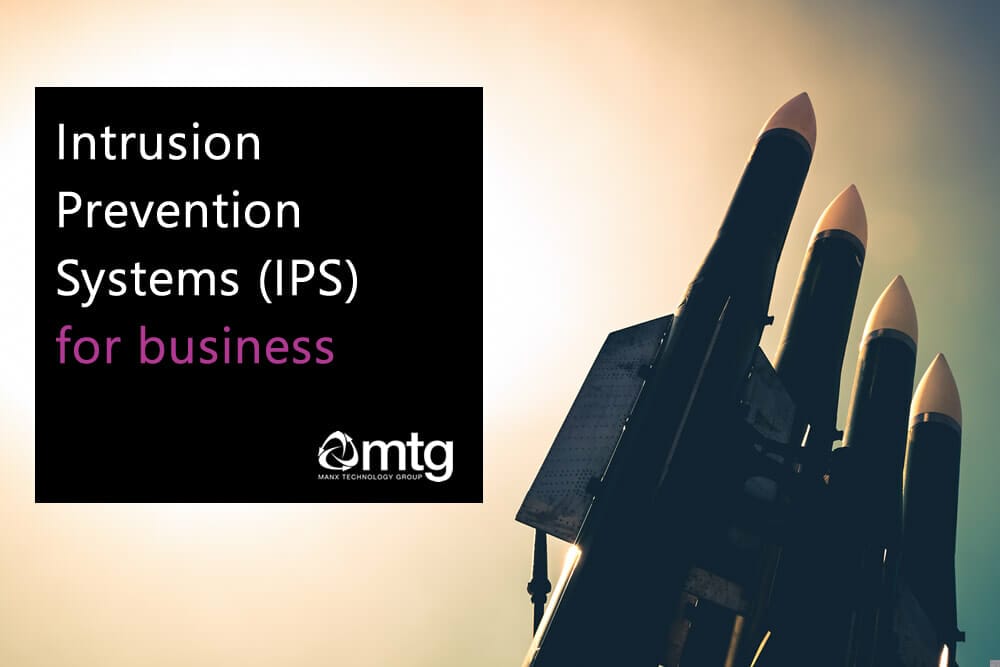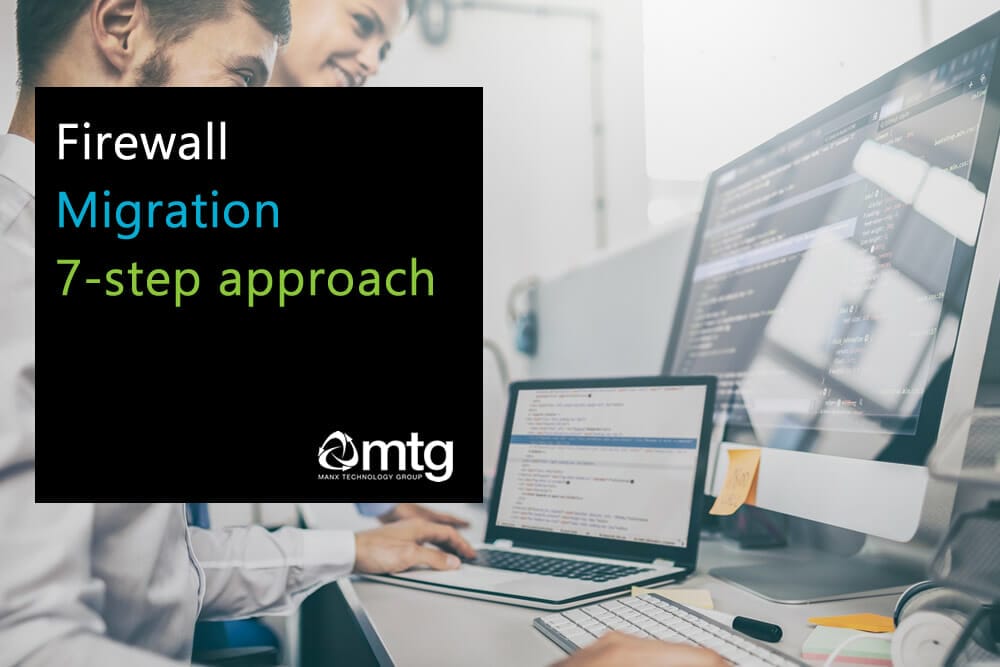Microsoft Azure is a powerful platform on which you can build your IoT application. We look at how Libelium IoT sensors, Azure IoT Hub and PowerBI can be used to monitor air quality in several easy steps. Data such as pH, ORP and temperature are collected, transmitted using 4G then processed and visualised using Microsoft Azure, Azure SQL and PowerBI.
1 – IoT Water Quality Sensors
We will be using the Libelium Plug & Sense Smart Water Pro 4G. This device has six sensor sockets which support a wide range of measurements including dozens of water ions (i.e. sodium, magnesium, etc.), pH, depth, flow, temperature, ORP and conductivity. For more advanced applications; items such as fluorescein, organic matter, blue/green algae and turbidity can be measured. To see a comprehensive list of sensors supported – please view the following article.
For this application – we will be monitoring pH, Water Temperature and Oxygen Reduction Potential (ORP) – common measurements in Smart Water applications. The sensors are connected to the unit, 4G SIM inserted, and the small auxiliary solar panel connected. Turbidity measurement with IoT is also a very common application.
The Plug&Sense includes a battery and a solar panel for mains-free applications. For other deployments in the northern hemisphere where sunlight is relatively limited – we complement the solution with a 12V marine battery, larger panel and a solar charge regulator. The regular features a 5V output that keeps the Plug&Sense powered all year-round.
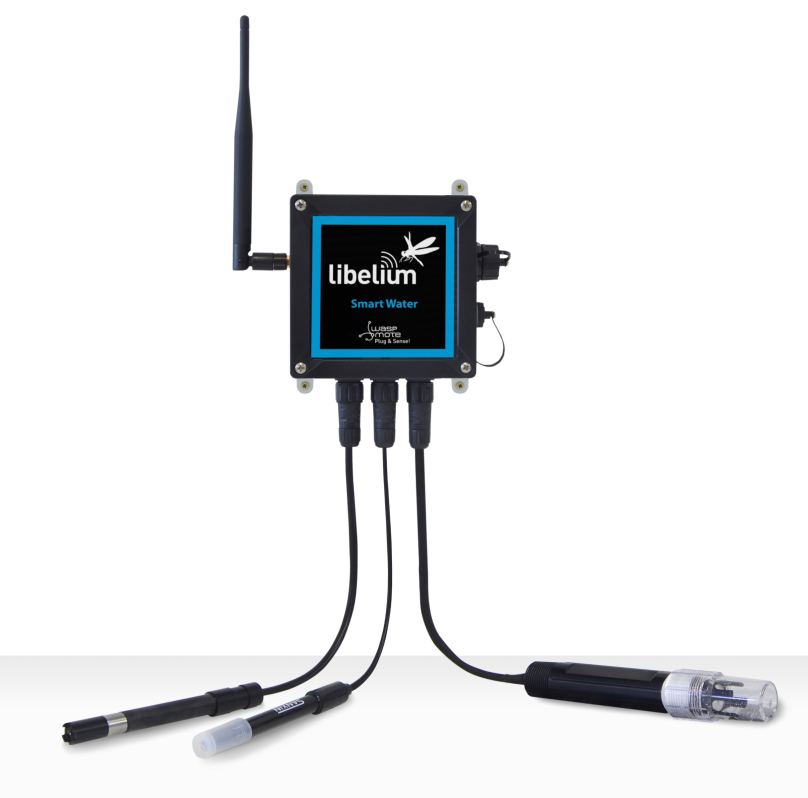
2 – Code
The code used by the Plug&Sense is ‘C’ – but with dozens of code samples available online. Libelium also has a programming toolset that generates the code for you; based on the sensors used, frequency of measurement and the comms platform (i.e. LoRa, 4G, Zigbee, WIFI).
The Manx Technology Group IoT teams feature technical, cloud, network and software experts, who can assist with the entire lifecycle of an IoT project. Whether you are an end-user or systems integrator, we can assist with the design and programming of your deployment. This expertise not only includes Libelium but extends to Microsoft Azure, .NET and SQL platforms.

3 – Libelium Cloud Bridge
To reduce the complexity of an IoT project and to accelerate time-to-market, the use of Libelium’s Cloud Bridge platform is recommended. Cloud Bridge is a middleware platform that receives data from your IoT sensors and allows you to send this data to a wide range of leading Cloud and PaaS (Platform as a Service) providers.
For our deployment, we will be using Microsoft Azure IoT Hub – but Cloud Bridge also supports Alibaba Cloud, Azure Event Hubs, AWS, IBM BlueMix and many more. When you purchase a device from Libelium – the serial number can be registered with Cloud Bridge – ready for receiving data.
Technical Overview of Libelium Cloud Bridge
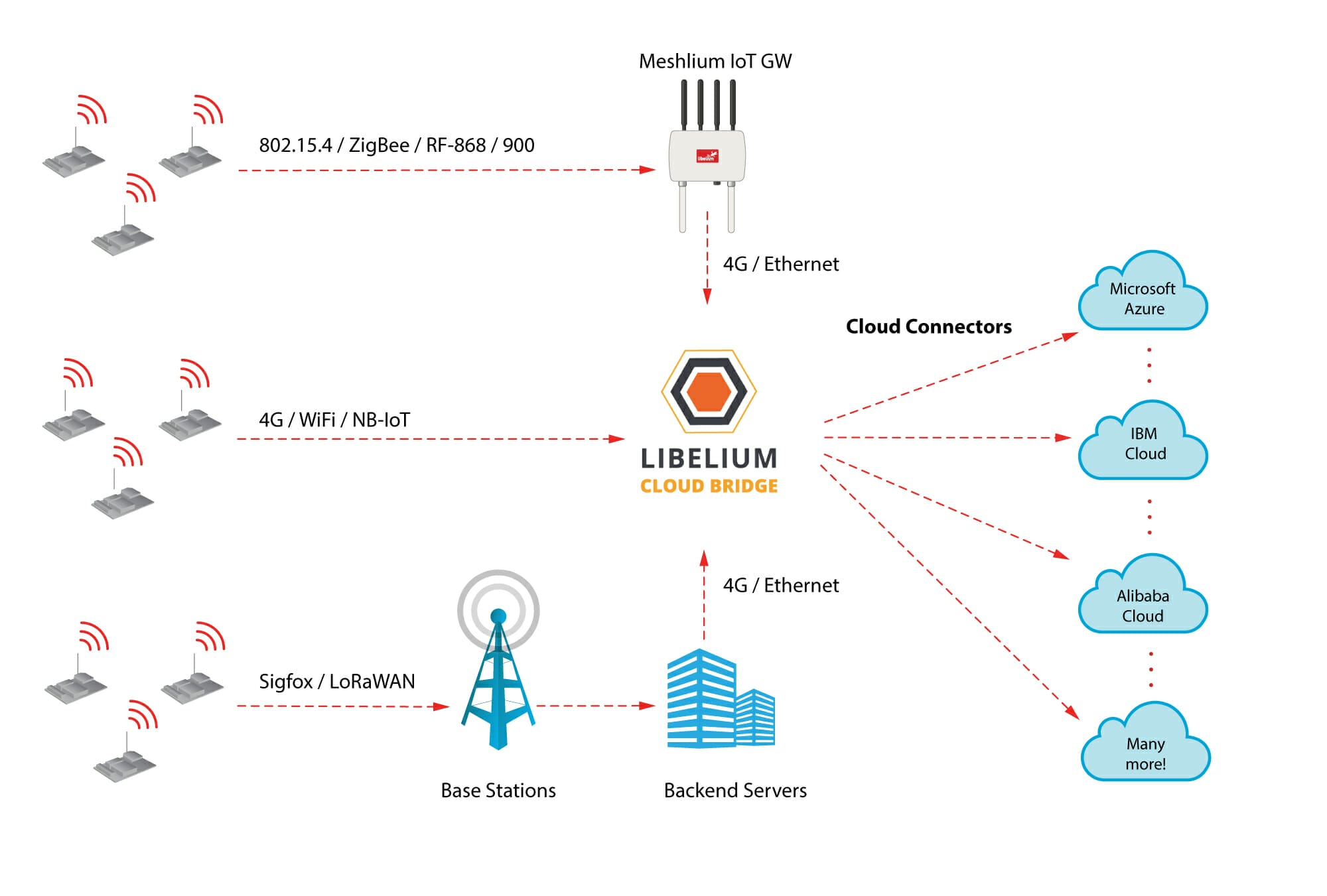
Adding a Libelium Cloud Bridge Connector
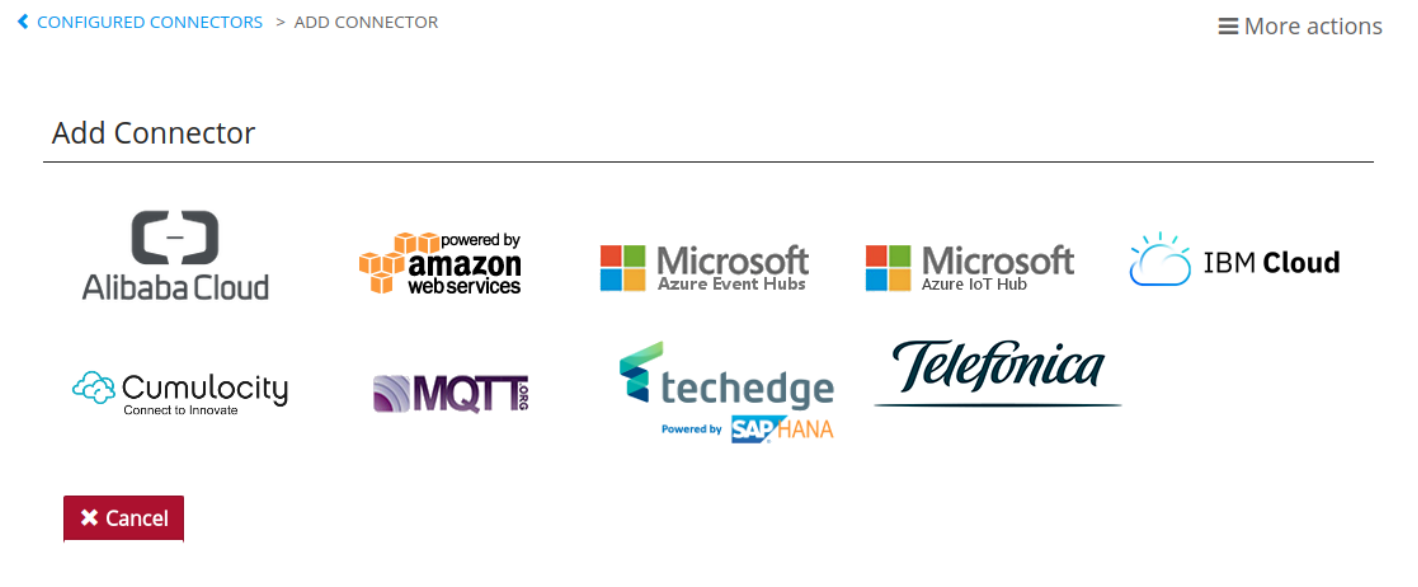
In our example, we will be using Microsoft Azure IoT Hub to receive and process data. The detailed configuration of Libelium Cloud Bridge and Microsoft Azure is outside the scope of this article, but documentation is available for Libelium here and Microsoft here.
4 – Azure IoT Hub
Azure IoT Hub is configured to accept events from Cloud Bridge and the devices. We then have a choice to use a Function App or Microsoft Stream Analytics. Microsoft Stream Analytics enables us to do real-time reporting but for this example, we will use a small Function App that takes input from an IoT Hub Event before writing the data to a small Azure SQL Instance.
Creating an Azure IoT Hub
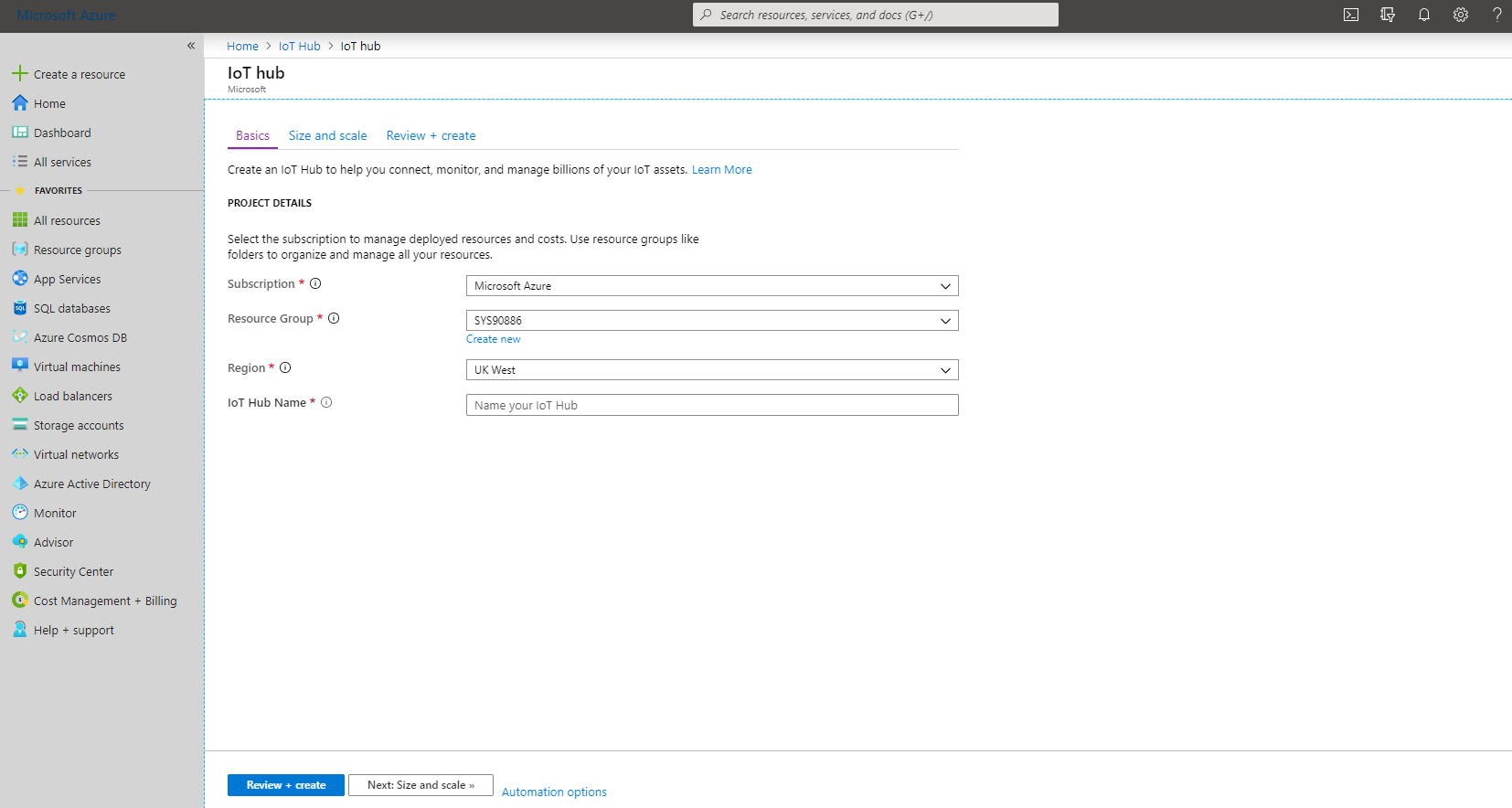
Function App
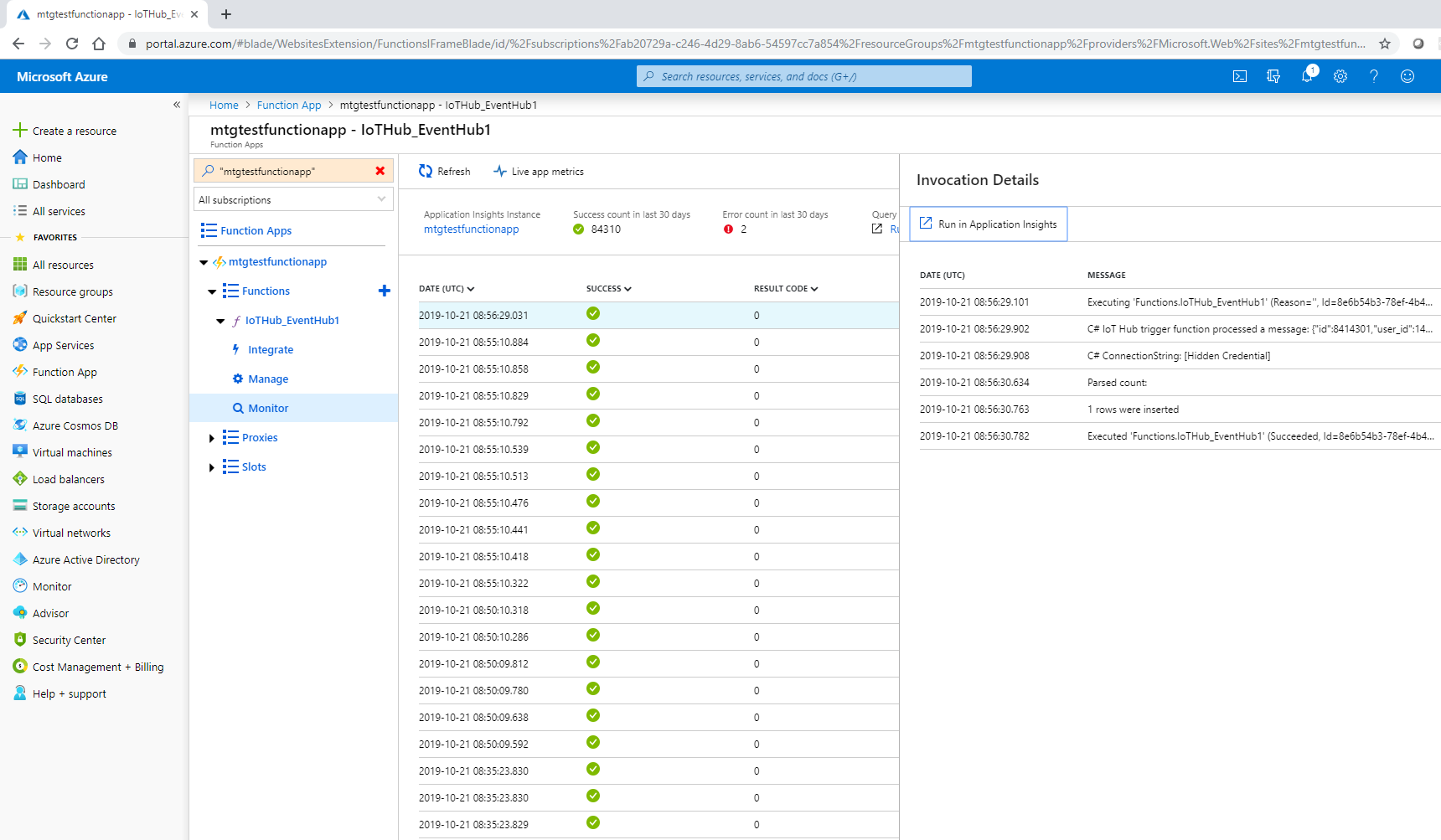
Sample IoT data in Azure SQL
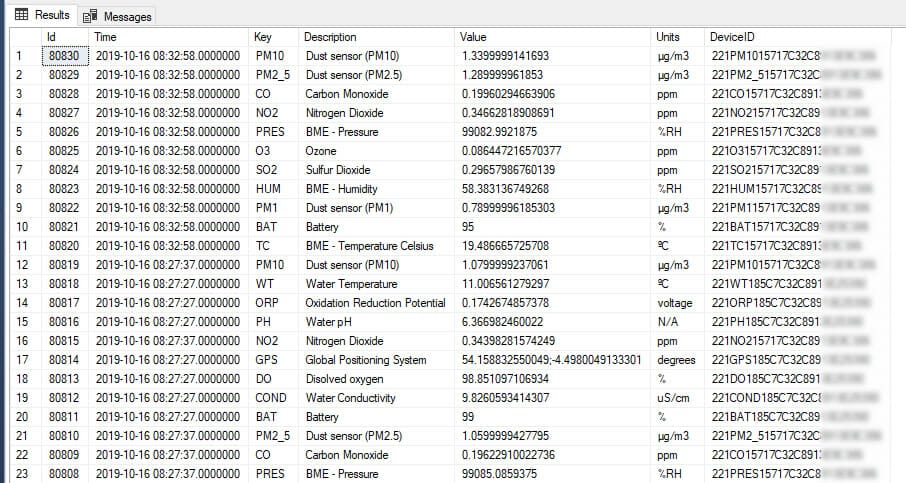
Processed IoT data in Azure SQL
With some clever T-SQL, we turn this data into a more structured, useful format for analysis in Power BI. This example features air quality indicators (rather than water) but it gives you a sense of how easy it will be to visualise and trend this data.

5 – Visualising Water Quality data with Power BI
Now that the data is in Azure SQL – we can easily visualise the data in Microsoft Power BI. Available as a subscription service from a Microsoft Cloud Partner (such as MTG!) – the web-based application makes it easy for anyone to build powerful dashboards and visualisations.
The following image shows a dashboard of Water pH, ORP, Dissolved Oxygen, Conductivity and Temperature. This is data is accessible from desktop, browser and tablet/mobile apps in real-time.
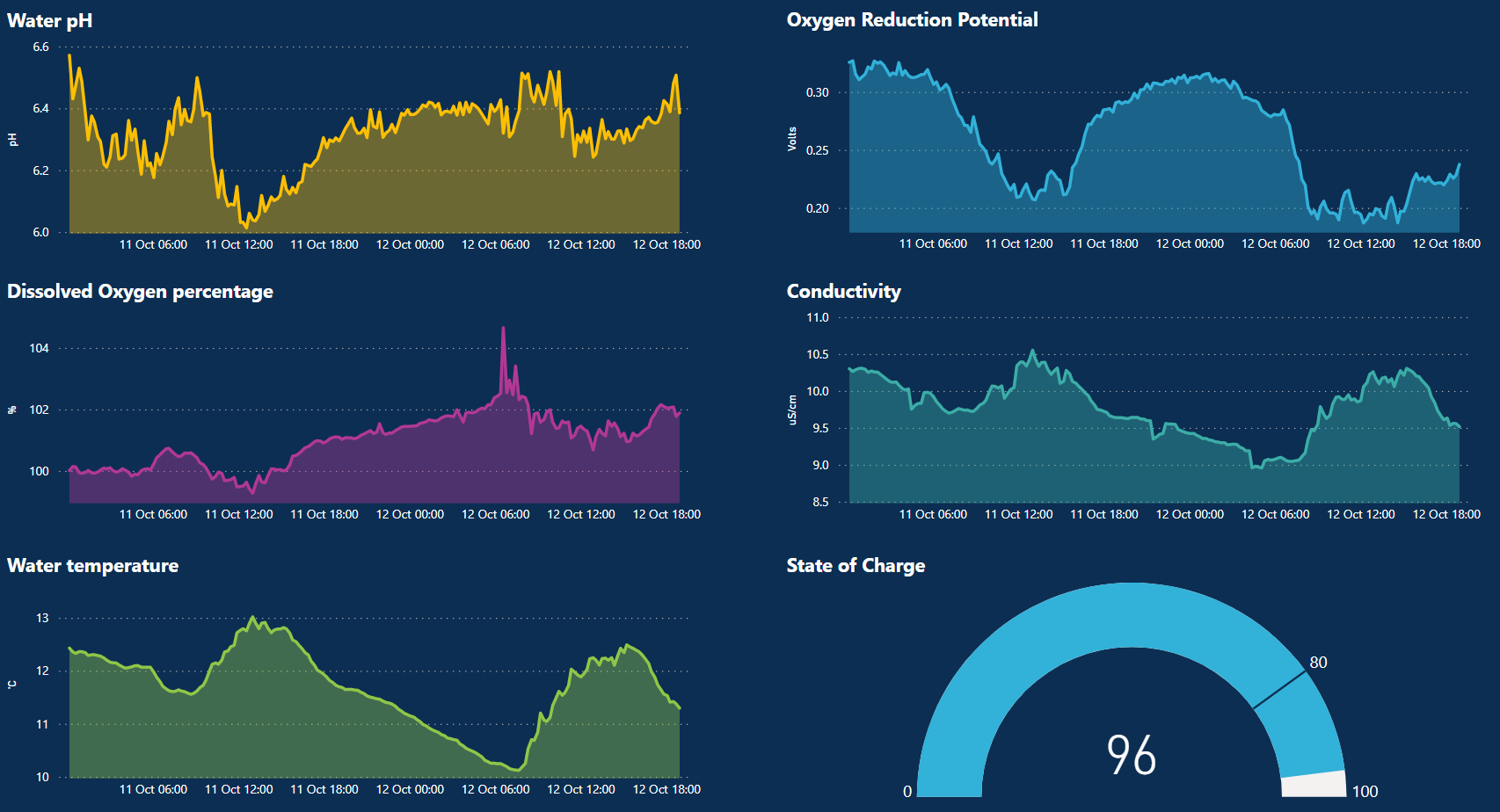
Learn more about Smart Water Applications in Azure
If you would like to learn more about how Manx Technology Group can assist with your IoT projects – please get in touch with our solutions team or browse the many articles on our website. We provide IoT solutions to end-users and systems integrators. For end-users, our team can develop full turnkey IoT solutions, from idea to insight. For systems integrators – our team can complement your existing in-house resource to deliver IoT solutions to your clients.
Solutions include Sensor supply and support, wireless and network design and implementation, cloud management and systems administrator, development, data analysis and visualisation. Manx Technology Group is a Microsoft Silver Partner and can assist with the full IoT lifecycle within the Microsoft Azure Ecosystem.
To learn more – please e-mail sales@mtg.im, call +44 1624 777837 or submit the contact form on our website.

